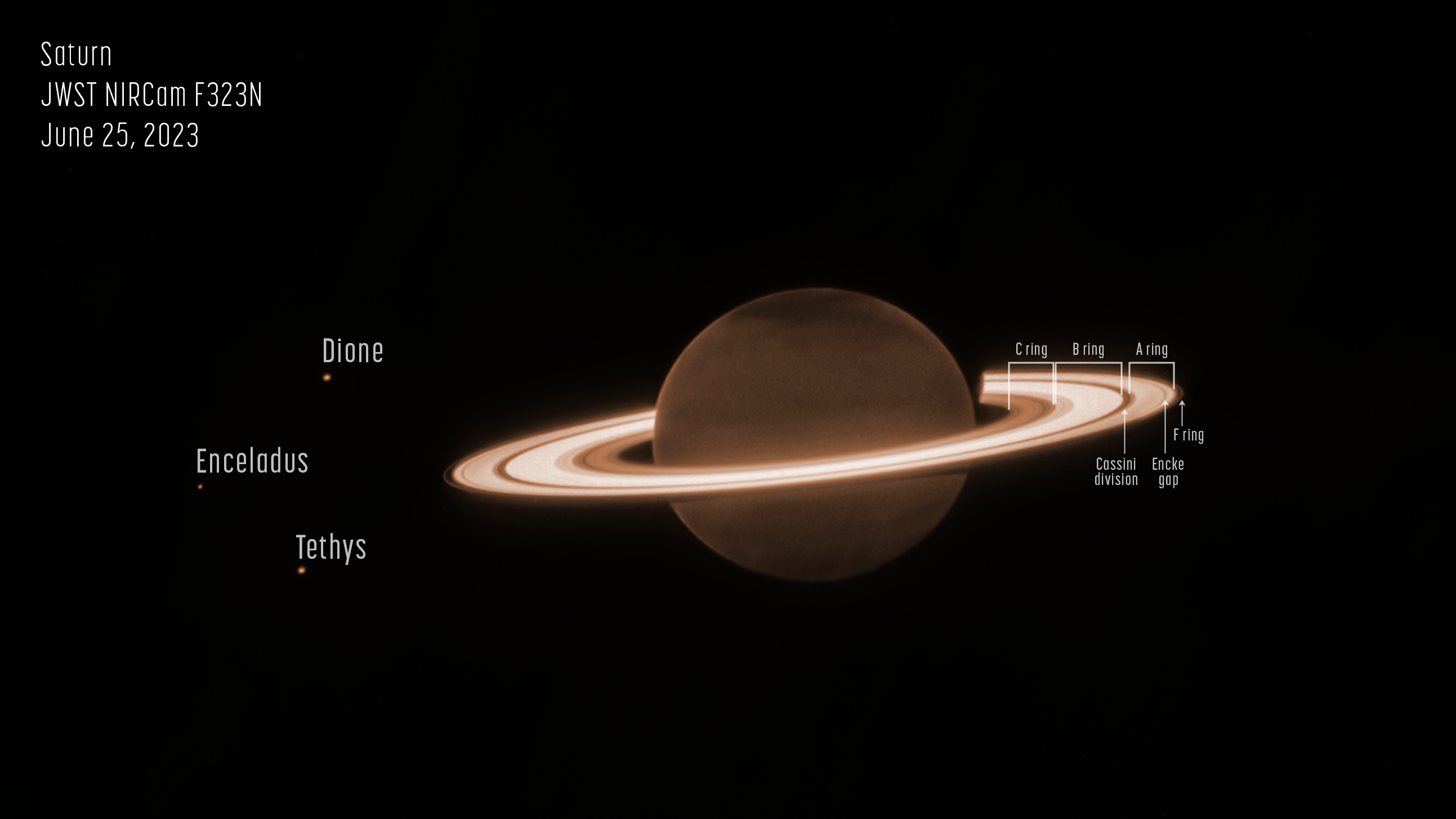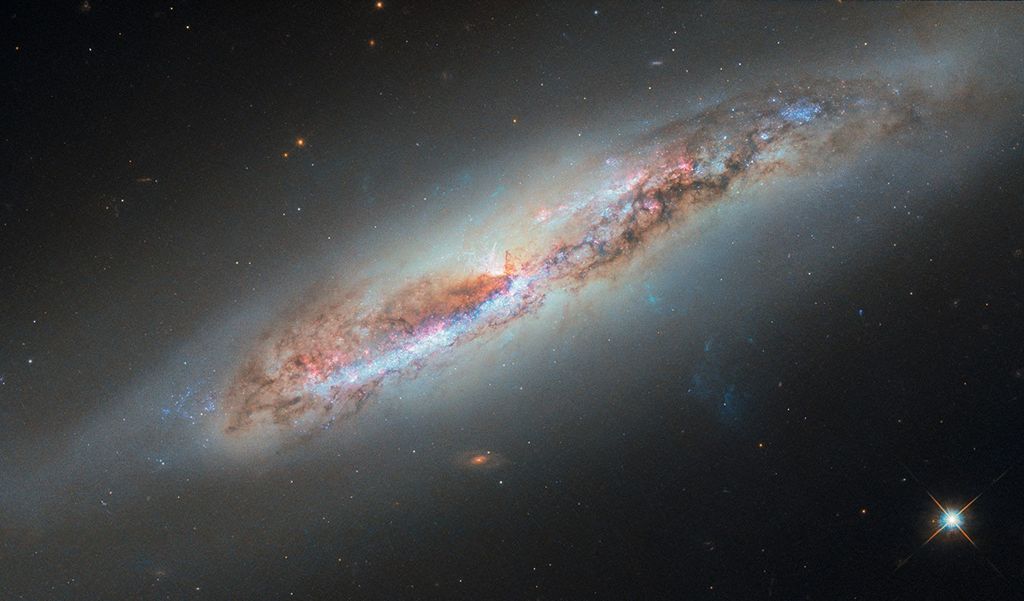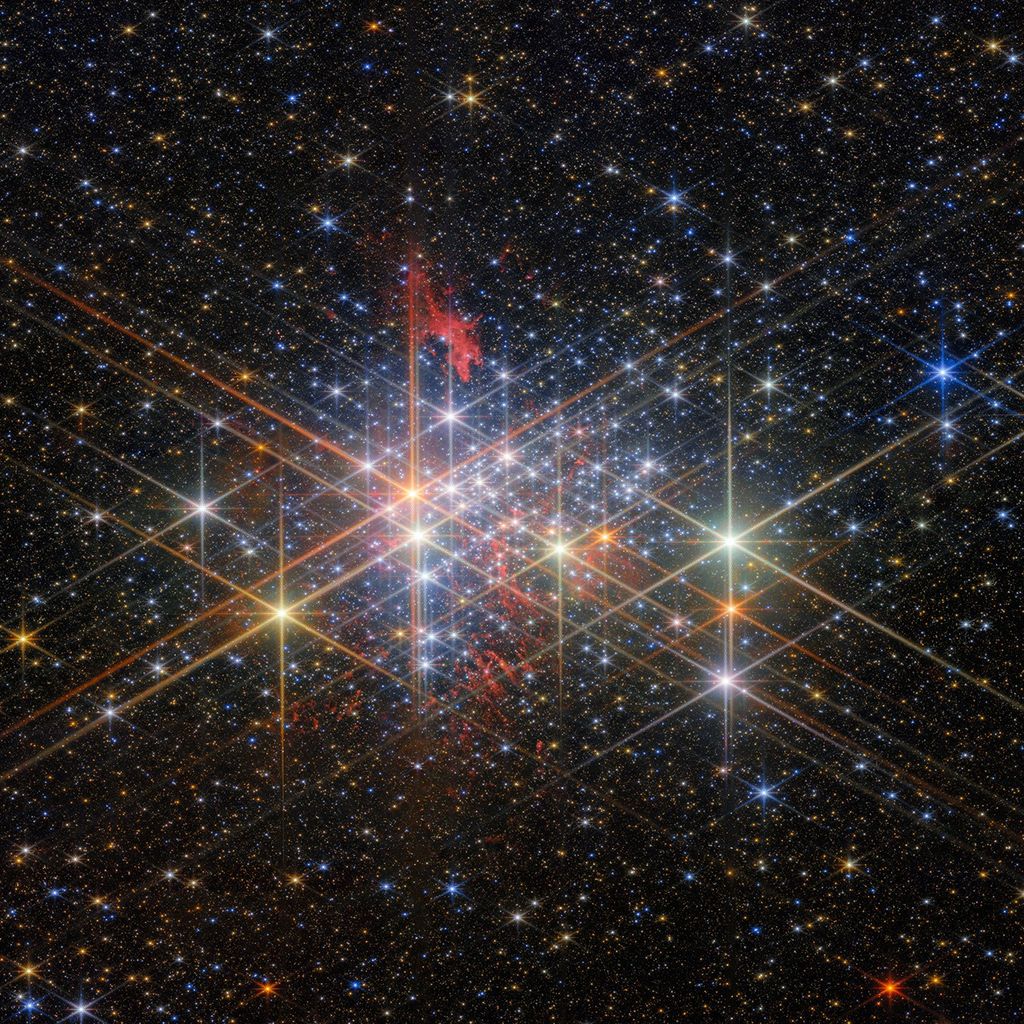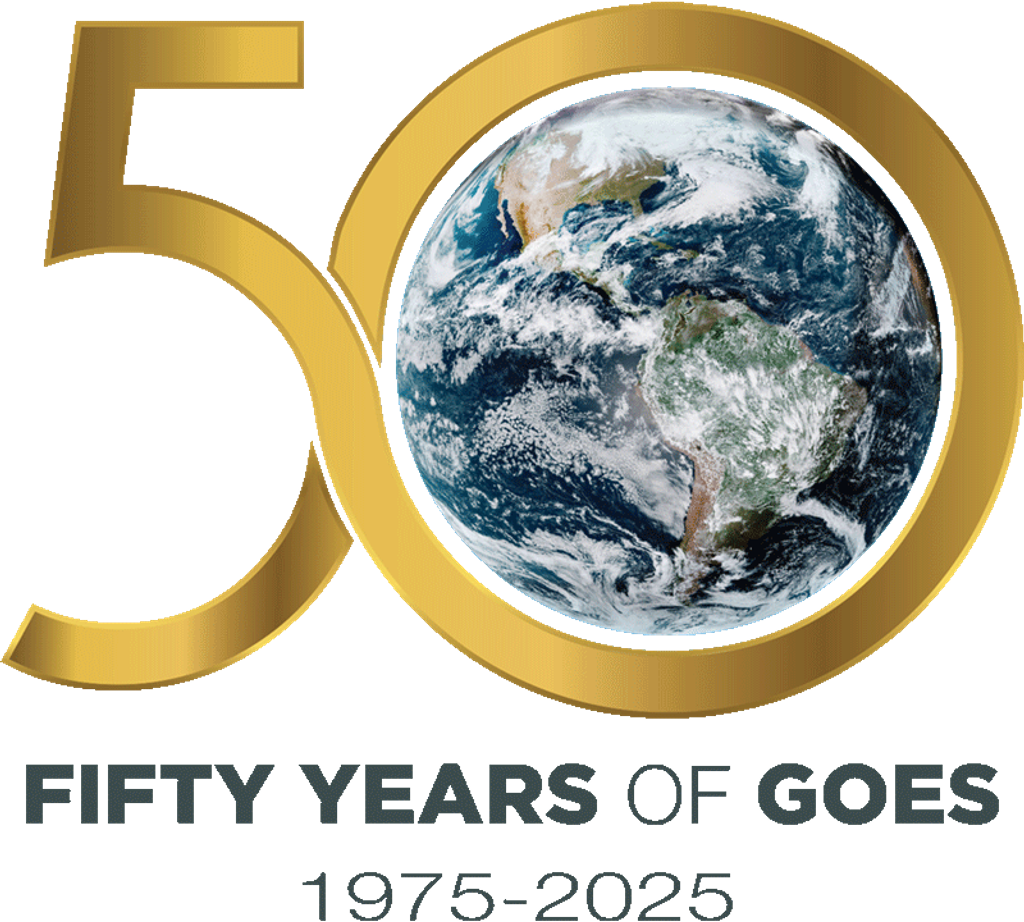1 min read
Saturn (NIRCam)

On June 25, 2023, NASA’s James Webb Space Telescope turned to famed ringed world Saturn for its first near-infrared observations of the planet. The initial imagery from Webb’s NIRCam (Near-Infrared Camera) is already fascinating researchers.
Saturn itself appears extremely dark at this infrared wavelength observed by the telescope, as methane gas absorbs almost all of the sunlight falling on the atmosphere. However, the icy rings stay relatively bright, leading to the unusual appearance of Saturn in the Webb image.
This image was taken as part of Webb Guaranteed Time Observation program 1247. The program included several very deep exposures of Saturn, which were designed to test the telescope’s capacity to detect faint moons around the planet and its bright rings. Any newly discovered moons could garner important clues about the flow of material in the current Saturn system, as well as its past history.
About the Object
- DistanceDistanceThe physical distance from Earth to the astronomical object. Distances within our solar system are usually measured in Astronomical Units (AU). Distances between stars are usually measured in light-years. Interstellar distances can also be measured in parsecs.The semi-major axis of Saturn's orbit about the sun is 9.5 Astronomical Units (A.U.) or roughly 1.4 billion km.
- DimensionsDimensionsThe physical size of the object or the apparent angle it subtends on the sky.The planet (without rings) has a diameter of roughly 75,000 miles (120,000 km) at the equator.
About the Data
- Data DescriptionData DescriptionProposal: A description of the observations, their scientific justification, and the links to the data available in the science archive.
Science Team: The astronomers who planned the observations and analyzed the data. "PI" refers to the Principal Investigator.This image was created with Webb data from proposal: 1247 (L. Fletcher)
- InstrumentInstrumentThe science instrument used to produce the data.NIRCam
- Exposure DatesExposure DatesThe date(s) that the telescope made its observations and the total exposure time.June 25, 2023
- FiltersFiltersThe camera filters that were used in the science observations.F323N
- Object NameObject NameA name or catalog number that astronomers use to identify an astronomical object.Saturn
- Object DescriptionObject DescriptionThe type of astronomical object.Gas giant with rings
- Release DateJune 30, 2023
- CreditImage: NASA, ESA, CSA, Matthew Tiscareno (SETI Institute), Matthew Hedman (University of Idaho), Maryame El Moutamid (Cornell University), Mark Showalter (SETI Institute), Leigh Fletcher (University of Leicester), Heidi Hammel (AURA); Image Processing: Joseph DePasquale (STScI)
Downloads

The images are separate exposures acquired by the NIRCam instrument on the James Webb Space Telescope. The color results from assigning an orange hue to monochromatic (grayscale) images.
Share
Details
Laura Betz
NASA’s Goddard Space Flight Center
Greenbelt, Maryland
laura.e.betz@nasa.gov
NASA, ESA, CSA, Matthew Tiscareno (SETI Institute), Matthew Hedman (University of Idaho), Maryame El Moutamid (Cornell University), Mark Showalter (SETI Institute), Leigh Fletcher (University of Leicester), Heidi Hammel (AURA)
Joseph DePasquale (STScI)


































